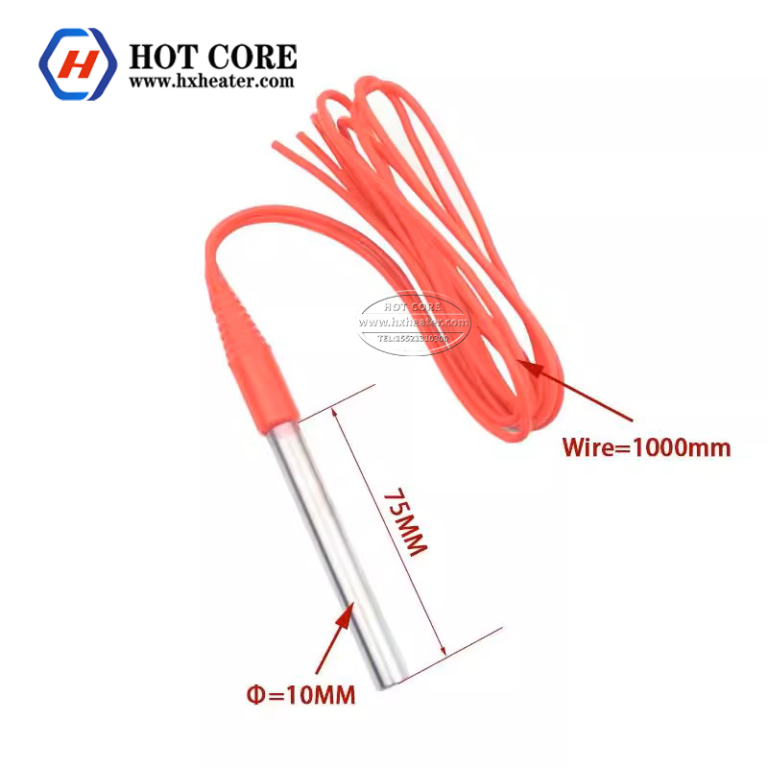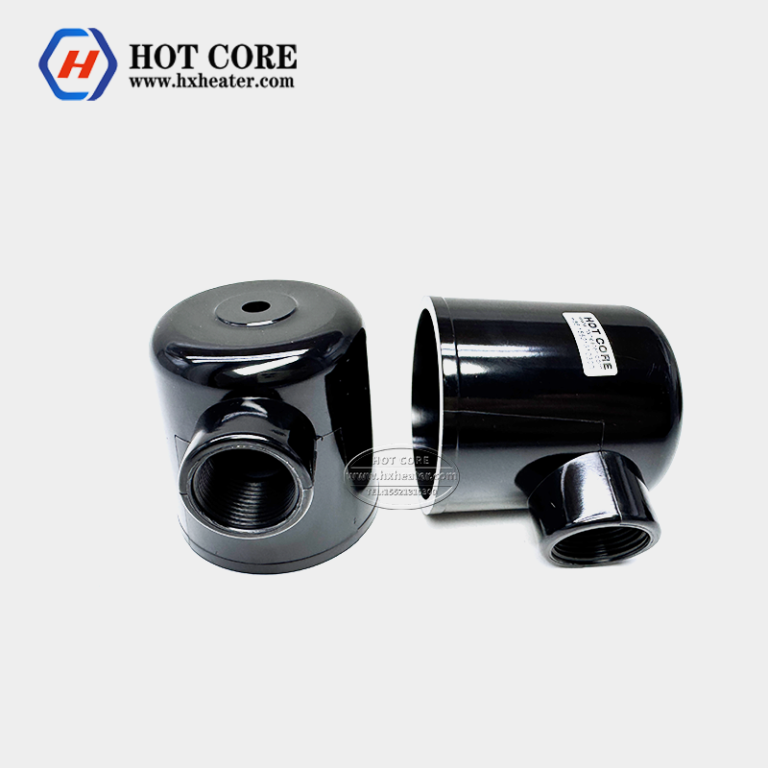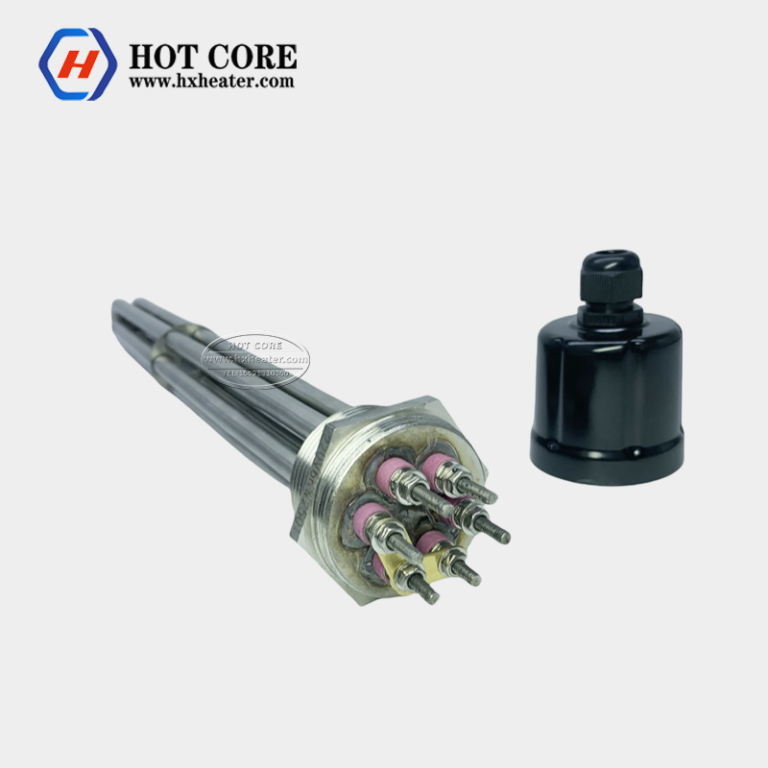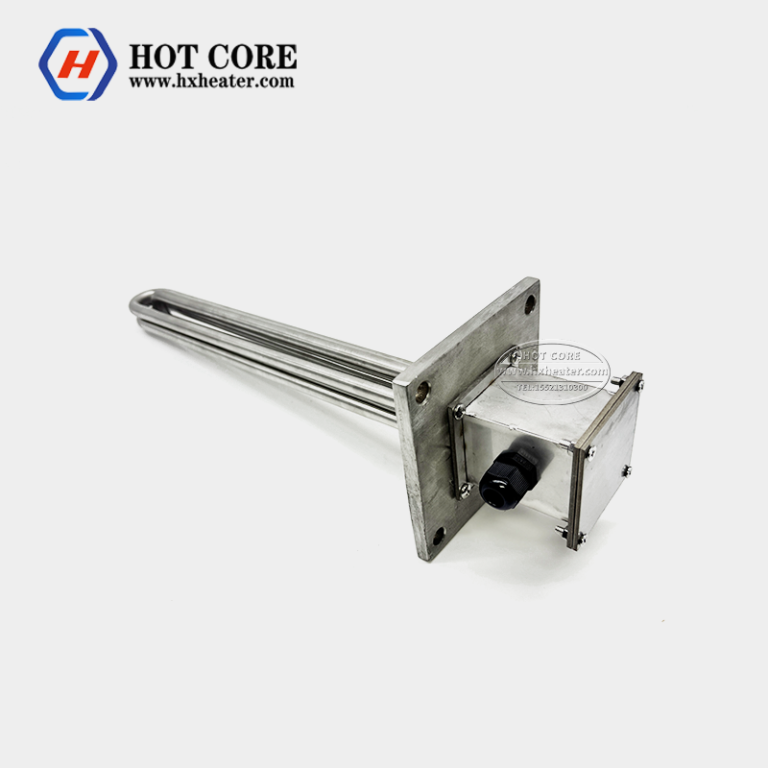Thin Film Radiator
Product Discription
A thin film heater is a device that generates thermal energy by applying an electric current to a thin film material. This type of heater is usually made of thin film materials, such as thin metal films or thin semiconductor films. As the current passes through the thin film material, the electrical energy is converted into thermal energy, which heats the film and transfers heat to its surroundings.
Because of their thin film structure, thin film heaters can be flexibly designed in various shapes and sizes to meet the needs of different applications. In addition, due to their material and structural characteristics, thin film heaters can also achieve efficient energy conversion and excellent thermal management performance.
Specification of Thin film radiator
Dimensions: length, width, and thickness, usually in millimeters.
Resistance: resistance value, usually in ohms.
Power density: power per unit area, usually in watts per square centimeter or watts per square inch.
Rated voltage: the rated operating voltage of a thin film heater, usually in volts.
Ububanzi bokushisa: The maximum and minimum temperature that a thin film heater can withstand, usually in degrees Celsius or Fahrenheit.
Materials: The materials used for thin film heaters, such as metal films or semiconductor materials.
Response time: The time it takes to reach a stable temperature from the beginning of heating, usually in seconds.
Working environment: The conditions in which the heater can be used, such as humidity or air pressure.
Safety performance: Safety performance parameters, such as insulation and overload protection.
view more

Features of Thin film radiator
Thin and light. Its thin film structure makes it small and light, so it’s easy to install and use in different devices.
Even heating. The thin film structure makes heating more even, avoiding hot and cold spots and improving efficiency.
Efficient conversion. Thin film materials are good at transferring heat.
Fast response. It heats up fast, so it’s more efficient and can be used in more places.
It can be made in different shapes and sizes to suit different needs.
Precision control: Precise current control lets you control the temperature for different heating processes.
Safe and reliable. It has a lower working temperature, reducing the risk of injury, and can also protect against fire and overload.
Corrosion resistance: Some thin film materials are good at resisting corrosion and are suitable for use in harsh environments.
Energy conservation and environmental protection: Electric heating doesn’t use fuel or generate waste, so it’s good for the environment and uses energy efficiently.


Isicelo
Heater: Heats different things, like liquids, gases, and solids. It is used in industrial heating, laboratory equipment, heating pads, njll.
Temperature control system: It is used in temperature control systems to regulate temperature and achieve precise control.
Automotive components: It is used in cars to keep passengers warm and cool, which makes driving safer and more comfortable.
Medical equipment: used in hospitals to keep patients warm and comfortable, and to help them recover more quickly.
Appliances for the home. Used in household appliances like water heaters, dryers, and electric kettles to provide fast, even heating.
Industrial production: used for heating, drying, curing and other processes in industry, such as making semiconductors, glass and food.
Aerospace: Used for temperature control and heating in the aerospace field, such as controlling the temperature of spacecraft and preventing ice from forming on aircraft.
Electronic devices: Heats electronic devices, such as printers, cameras, njll.



Amathegi ashisayo: thin film radiator, China, abakhiqiyo, abahlinzeki, indawo yokukhiqiza, Isitolo esithe xaxa, umkhuba, intengo, electric, high quality











